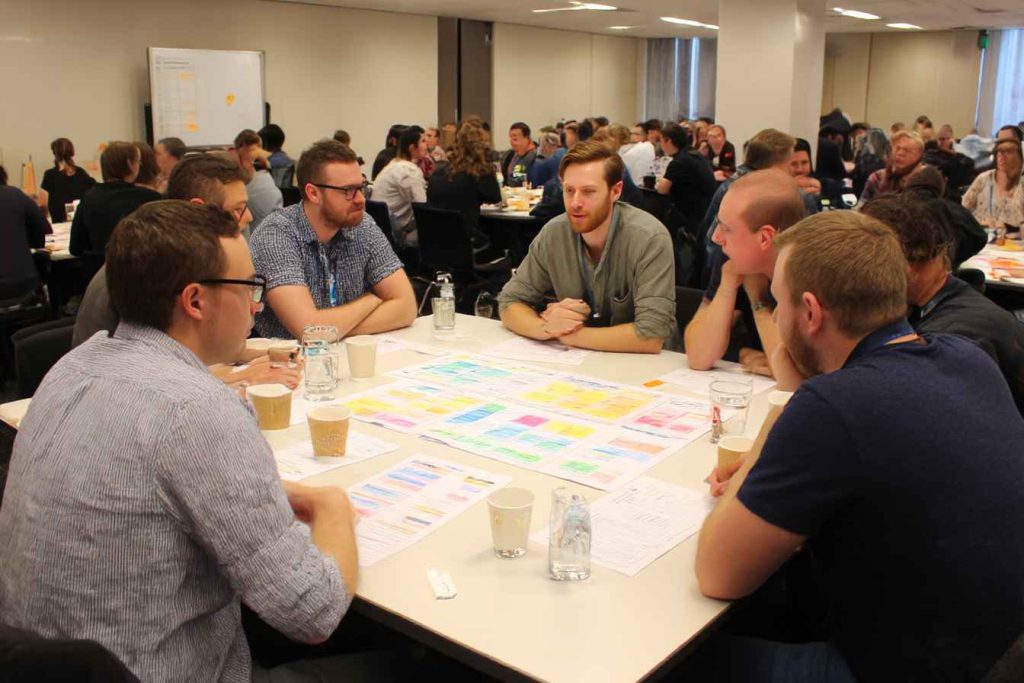If you’ve taken the 16 Personalities Test and thought, “That was helpful, but is there more?” — you’re not alone. The classic test based on Myers-Briggs is just one of many tools out there that explore the same 16 category personality test framework, with their own twists.
Some are quicker. Some go deeper. And some approach the concept from entirely different angles—like gamified quizzes or character-based analogies.
In this post, we’ll walk through:
- Why alternate versions even exist
- Different types of 16 personality test adaptations
- Which versions are better for personal use vs hiring
- What to watch out for (especially with free online tests)
Let’s unpack it all.
Why Are There Alternate Versions of the 16 Personality Test?
The original MBTI (Myers-Briggs Type Indicator) and its modern sibling—the 16 Personalities Test—aren’t the only ways to explore personality types. Over the years, dozens of alternate 16 characters personality test formats have emerged, offering:
| Purpose | Example |
| Simpler UX or visual layout | Buzzfeed-style or gamified quizzes |
| More scientific depth | Big Five-based MBTI hybrids |
| Better hiring applications | Custom employer-focused reports |
| Broader accessibility | Translated/adapted versions |
Some versions drop the labels like “Commander” or “Mediator,” while others remix the questions or scoring method—but most stick to the core 4-letter personality structure.
Curious about how that structure works? Start here:
What Is the 16 Personalities Test and How Does It Work?
Common Alternate Formats of the 16 Personalities Test

Here’s a breakdown of alternate types you might come across:
1. Visual-Based or Gamified Tests
Some versions rely heavily on images, scenarios, or even fantasy characters. Think:
- “Which superhero are you?” tied to MBTI logic
- Gamified answer flows with instant results
Pros: Fun and engaging
Cons: May lack depth or nuance
2. Short-Form or Mobile-Optimized Tests
These strip down the number of questions to 10–20, making them easier to take on-the-go.
Pros: Fast, low-friction
Cons: Lower accuracy, especially on borderline traits
Want to compare question lengths? Try this:
👉 Quick vs Full: How Many Questions Are in the 16 Personalities Test?
3. Hiring-Focused Variants
Employers often use custom-built versions that blend MBTI with role-fit indicators. These may:
- Use industry-specific language
- Include behavioral scoring
- Map results to job competencies
Explore this use case:
👉 How Accurate Is the 16 Personalities Test for Hiring?
4. Cultural & Translated Versions
Different cultures interpret personality language in unique ways. That’s why there are translated and culturally adapted tests—especially in Asia and Latin America.
Learn more about accessibility:
👉 Languages and Translations of the 16 Personalities Test
5. Printable & Offline Options
Prefer paper-based formats? There are offline and printable versions of the test designed for workshops, classrooms, or coaching sessions.
Grab your copy here:
👉 Printable and PDF Options of the 16 Personalities Test
How Do These Versions Compare?

Here’s a quick comparison table:
| Version Type | Speed | Accuracy | Best For |
| Gamified/Character-Based | Fast | Low-Med | Casual use, students |
| Mobile Short Forms | Very fast | Low-Med | Awareness, social sharing |
| Full MBTI/16P Tests | Moderate | High | Self-development |
| Hiring-Focused | Moderate | High | Recruiters, teams |
| Translated Versions | Moderate | Med-High | Non-English speakers |
| Printable Offline Tests | Slow | Medium | Coaching, group settings |
How to Choose the Right Version for You
Here’s a simple guide to help you pick:
| If You Want To… | Try This Version |
| Learn casually about your type | Short-form or visual test |
| Dive deep into traits & relationships | Full-length 16 Personalities version |
| Use it in hiring | Employer-licensed or professional tools |
| Understand MBTI letter breakdown | Traditional MBTI or 16P test |
| Explore your rare type | Any test + read about rarities |
For example, INFJ is often said to be the 16 personalities test rarest type—but that can vary depending on gender, age group, and test version.
Want to explore the actual meanings behind the letters?
👉 Understanding the 16 Personality Letters and Types
Are All Versions Scientifically Valid?

Not exactly. Many free versions are built for fun or self-reflection—not clinical accuracy. Here’s what to look for:
| Green Flag Tests | Red Flag Tests |
| Backed by psychometric research | No about page or source transparency |
| Offer detailed reports | Only display surface-level types |
| Explain their scoring methodology | Don’t tell you how results are formed |
| Include disclaimers for hiring use | Claim to “guarantee” job fit |
Related Resources
- 16 Personalities Types Explained with Examples
- Printable and PDF Options of the 16 Personalities Test
- Languages and Translations of the 16 Personalities Test
- How Accurate Is the 16 Personalities Test for Hiring?
FAQ
Q: What’s the difference between MBTI and 16 Personalities?
MBTI is the original framework; 16 Personalities is a modern adaptation that includes an additional “identity” trait (Turbulent vs Assertive).
Q: Which 16 personality test chart is best?
Look for charts that show your 4-letter type, role, and strategy together—these give you the most holistic view.
Q: How accurate is the introvert vs extrovert test in 16P?
It’s generally good at capturing social energy patterns, but some people land right in the middle (ambiverts), so context matters.
Q: What’s the rarest type in the 16 personalities test?
INFJ is often considered the rarest, especially among males, but this depends on the population surveyed.
Final Thoughts
There’s no one “correct” version of the 16 personality test—just the version that fits your purpose best. Whether you’re exploring the introvert vs extrovert test 16 personalities spectrum or searching for a 16 personality test chart to guide your hiring process, the key is to choose mindfully.
Personality insights are powerful—but they should support, not define, how we view ourselves or others. Use them as a lens, not a label.


